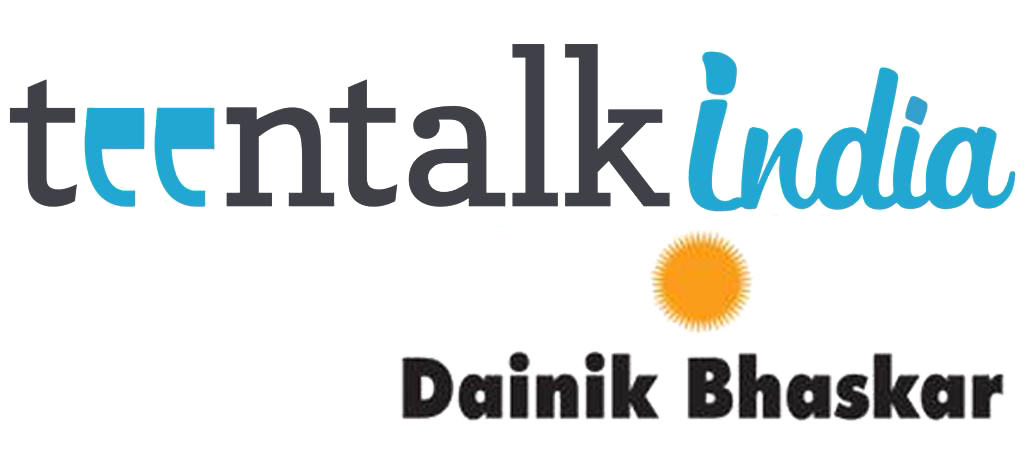If you know your learning style, then you can study smarter and harder
Do you know your preferred learning style, or do you know what one is? A learning style is an individual’s approach to learning based on strengths, weaknesses, and preferences. And knowing yourself as a learner is important if you want to attain to the best of your abilities. When it comes to information processing, your brain is the most important part of your body as that’s where all the thinking, learning, and decision-making takes place.
Information enters your brain in three main ways: sight, hearing, and touch. By examining your learning style, you’ll become aware of how your brain learns best. And when you know how you learn best, you can also communicate more effectively with your instructors. It’s important to note that everyone learns through various ways; however, most people have a single predominant learning style. It can be typically broken down into three major categories:
Visual: Processing with your eyes
- Prefers to read or write rather than listen
- Enjoys reading for knowledge
- Can easily follow written directions
- Has trouble remembering verbal instruction
Auditory: Processing with your ears
- Prefers to follow verbal instruction and enjoy group discussions
- Remembers by listening, especially music
- Reads with whispering lip movements
- Finds it difficult to work quietly for long periods of time
Kinetic: Processing by doing
- Needs to move, tap, swing or bound a leg in order to stay focused
- Often needs frequent breaks during studying
- Learns spelling by “finger spelling” the words
- Often takes notes or even draws pictures or doodle while listening
Each learning style has its own strengths and limitations. But if you know your limitations, you can extend your abilities and reach your highest potential.
Study Tips Based on Learning Style:
Visual : Draw pictures and diagrams in the margins while reading and write out questions you are working on. Underlining and highlight text as you read and make flashcards for studying (use different colored cards). Make notes to help with recall. Preview a chapter before reading it by first looking at the pictures and section headings.
Auditory : Listen to the words you read and read aloud or talk through the information. Record lectures, tutoring and study group sessions, etc. Make up and repeat rhymes to remember facts, dates, and names. Study in groups and particulate in class discussions and debates. After you read a section, summarize it out loud.
Kinetic : Walk while reading and listen to recordings of lectures and notes. Engage your fingers while studying by tracing words and re-writing sentences to learn key facts or have music in the background.
It’s important to identify and understand your learning style in order to engage successfully with changing teaching methods. Once you’ve recognized your learning style, you can adjust the way you study and possibly improve your grades and overall productivity.

